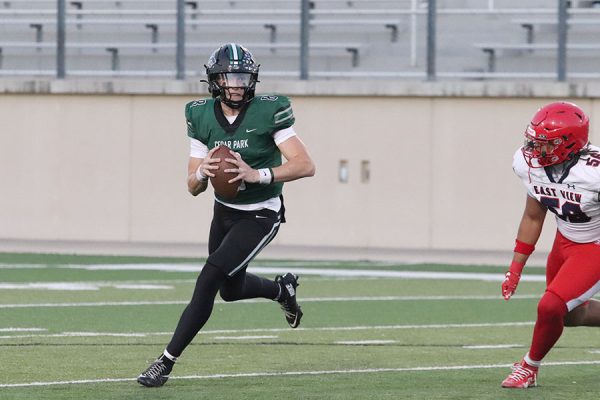Crafts For Lives
A look inside this disaster; solutions
A few birds nests that Debby Barne’s Crochet group had made. Barnes had started a crochet group in order to help the displaced wildlife in Australia. “It just breaks my heart to see these poor, little animals [suffering]” Barnes said. “Some of them are being burned. I saw a video last month on Facebook of this poor, little koala that was just crying because he was being burned.”
January 20, 2020
In October of 2019, the continent of Australia broke out in a series of wildfires. Less than a month into the new year, and these wildfires are still raging over many major cities. Trees have been burned to ashes, animals have been displaced and families have been forced to evacuate.
According to Slate, a magazine company that reports on current events, 26 people are confirmed to be dead, more than 17 million homes have been destroyed and 1 billion animals have died.
News source Grist.com, who reports on climate, sustainability and social justice, wrote that the fires are hurting our climate by enabling the rapid production of carbon dioxide and smoke into our atmosphere. Scientists also say that the smoke has even reached the stratosphere, the second layer of the atmosphere.
Many people have dedicated their time to helping Australia, including librarian Debby Barnes.
“It just breaks my heart to see these poor, little animals [suffering],” Barnes said. “Some of them are being burned. I saw a video last month on Facebook of this poor, little koala that was just crying because he was being burned.”
Barnes began a crochet group to create some birds nests and joey pouches. These items will later be donated through a hub in Vista, Arkansas.
“A few months ago, I started following a group on Facebook,” Barnes said. “Through that group and some of the posts that I was seeing, there were a lot of people who were members of some other groups that were finding out about the needs of the rescued wildlife in Australia. There is another group Facebook called Rescue Craft Co, and they were the ones that were really pushing this. Looking at what they needed, I found out that they needed joey pouches. What they needed from crocheters is birds nests or, at one point, mittens for koalas. Which is why I thought ‘Let’s make some birds nests.’”
The company was also in need of hanging bags and bat wraps, which have to be sewn and made of cotton flannel, and joey pouches, which also need to be sewn, and the fabric must be natural.
Barnes said since it is expensive to ship to Australia, there are some people who have made hubs around the country.
“Depending on what state you live in, there is a person that is servicing your state as a hub,” Barnes said. “Everything you make, you will send to that person, and [they] will then make one big shipment to this organization in Australia.”
Barnes encourages the students to make some of the items if they do know how to sew, crochet or knit. The company, Barnes said, is also taking monetary donations.
“We’re talking billions of dollars worth of damage and destruction,” Barnes said. “For these groups to be able to supply living arrangements, food, medical help, and things like that to these animals that have been displaced by the fire [is optimal]. So, money is always a good thing to donate.”


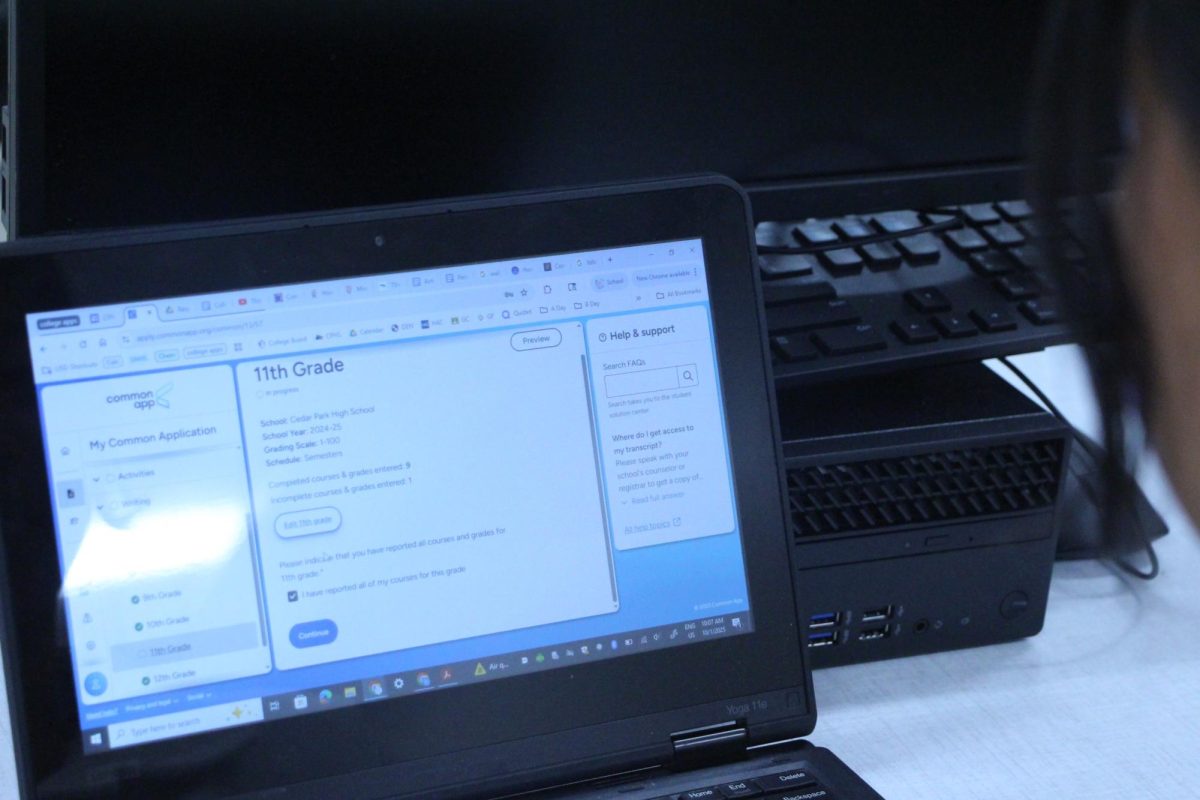
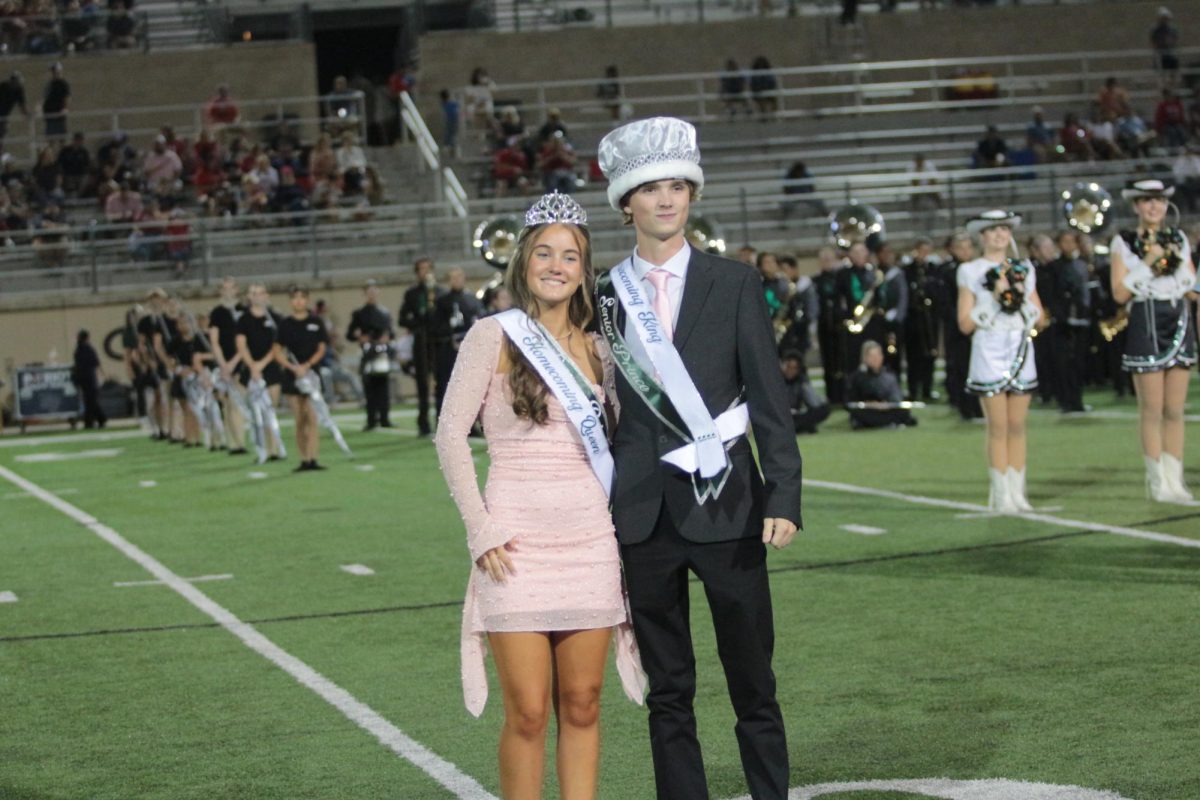


![As her hair blows in the wind, senior Brianna Grandow runs the varsity girls 5K at the cross country district meet last Thursday. Grandow finished fourth in the event and led the varsity girls to regionals with a third place placement as a team. “I’m very excited [to go to regionals],” Grandow said. “I’m excited to race in Corpus Christi, and we get to go to the beach, so that’s really awesome.” Photo by Addison Bruce](https://cphswolfpack.com/wp-content/uploads/2025/10/brianna.jpg)

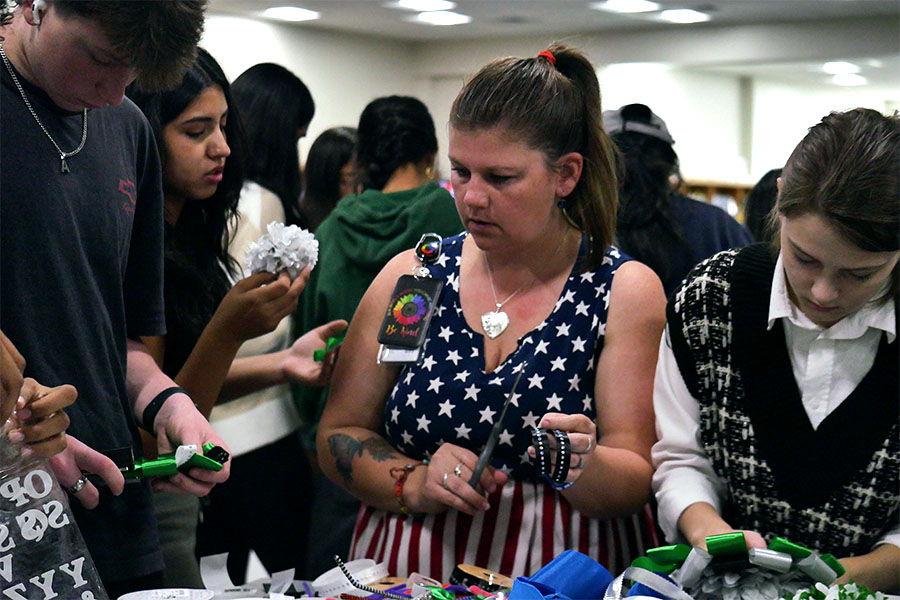
![Broadcast, yearbook and newspaper combined for 66 Interscholastic League Press Conference awards this year. Yearbook won 43, newspaper won 14 and broadcast took home nine. “I think [the ILPC awards] are a great way to give the kids some acknowledgement for all of their hard work,” newspaper and yearbook adviser Paige Hert said. “They typically spend the year covering everyone else’s big moments, so it’s really cool for them to be celebrated so many times and in so many different ways.”](https://cphswolfpack.com/wp-content/uploads/2025/05/edited-ILPC.jpg)


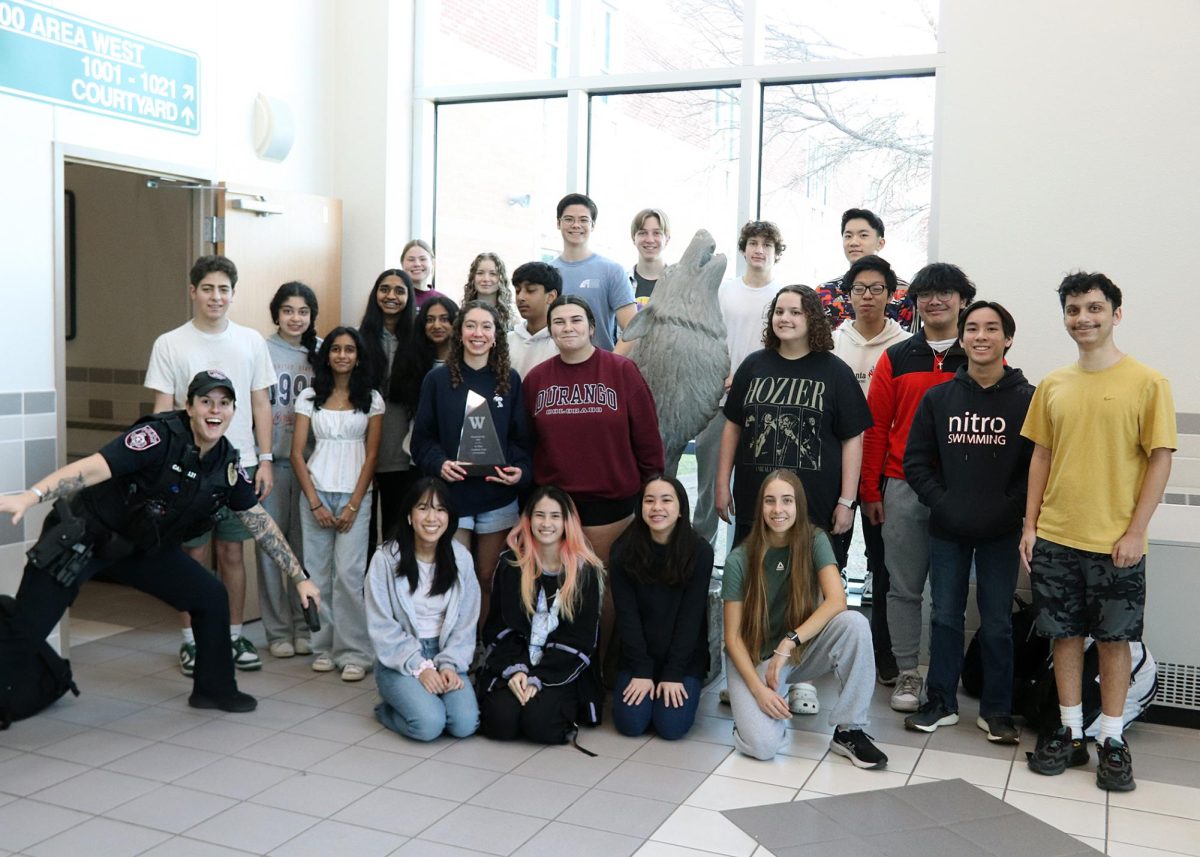


![Sitting with her friend senior Sohpia Struve at last year’s Austin City Limits Festival, senior Ava Zuniga poses for a picture under a pavilion. They are frequent attendees at ACL, an annual music festival at Zilker Park. “I would recommend seeing a bunch of people,” Zuniga said. “This past year, we camped out for Chappell [Roan] for a really long time. I think the whole point of ACL, [which] is a lot of fun, is that you can go see so many different people, even if you don’t know them. So by camping by one person, it really limits yourself from being able to go see a bunch of people.” Photo courtesy of Ava Zuniga](https://cphswolfpack.com/wp-content/uploads/2025/10/EE9E9484-FE6F-4AA0-B5F5-0C177AB32841-1200x857.jpeg)
![Looking down at his racket, junior Hasun Nguyen hits the green tennis ball. Hasun has played tennis since he was 9 years old, and he is on the varsity team. "I feel like it’s not really appreciated in America as much, but [tennis] is a really competitive and mentally challenging sport,” Nguyen said. “I’m really level-headed and can keep my cool during a match, and that helps me play a bit better under pressure.” Photo by Kyra Cox](https://cphswolfpack.com/wp-content/uploads/2025/09/hasun.jpg)

![Bringing her arm over her head and taking a quick breath, junior Lauren Lucas swims the final laps of the 500 freestyle at the regionals swimming competition on date. Lucas broke the school’s 18-year-old record for the 500 freestyle at regionals and again at state with a time of 4:58.63. “I’d had my eye on that 500 record since my freshman year, so I was really excited to see if I could get it at regionals or districts,” Lucas said. “ State is always a really fun experience and medaling for the first time was really great. It was a very very tight race, [so] I was a bit surprised [that I medaled]. [There were] a lot of fast girls at the meet in general, [and] it was like a dogfight back and forth, back and forth.” Photo by Kaydence Wilkinson](https://cphswolfpack.com/wp-content/uploads/2025/03/Kaydence-2.7-23-edit-2.jpg)
![As the support team sits and poses for a photo in the cafeteria with the counseling team they eagerly wait to start their day. "We [all] seem to be a team, I get up every day and there's days where I don't want to go to work today, but I'm thankful that I have a job and I'm blessed to have what I have," Christopherson said. Photo Courtesy of Julie Weltens.](https://cphswolfpack.com/wp-content/uploads/2025/01/AF9E8470-10D7-4C91-BF28-EC8F86BAB66C-1200x852.jpeg)
![Jumping off the ground, senior linebacker Bennett Patton snatches the ball out of the air for an interception at Thursday’s game against Chaparral. Patton had two interceptions in the 56-14 victory, tying the school record for interceptions in a game. “I was just playing the game,” Patton said. “[I’m] going to go into next week, forget about it and stay humble.” Photo by Harper Chapman](https://cphswolfpack.com/wp-content/uploads/2025/09/bennett-interception.jpg)














![A few birds nests that Debby Barne's Crochet group had made. Barnes had started a crochet group in order to help the displaced wildlife in Australia. "It just breaks my heart to see these poor, little animals [suffering]" Barnes said. "Some of them are being burned. I saw a video last month on Facebook of this poor, little koala that was just crying because he was being burned."](https://cphswolfpack.com/wp-content/uploads/2020/01/Crochet-e1579568289393-900x651.jpg)
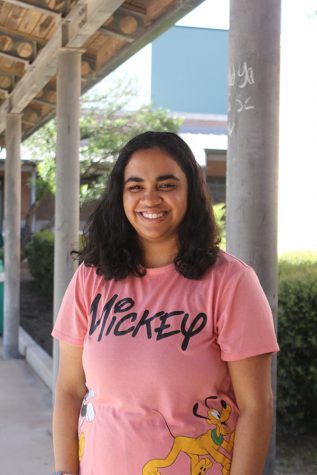
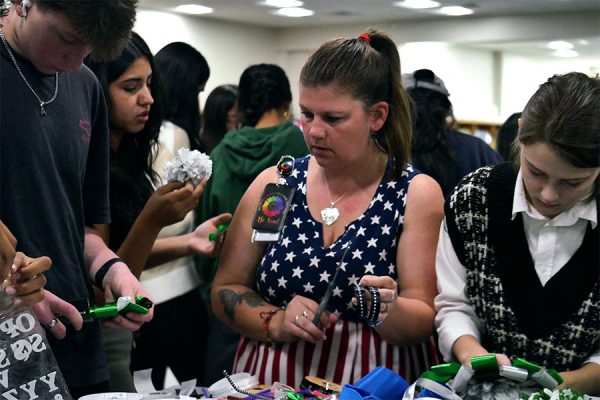
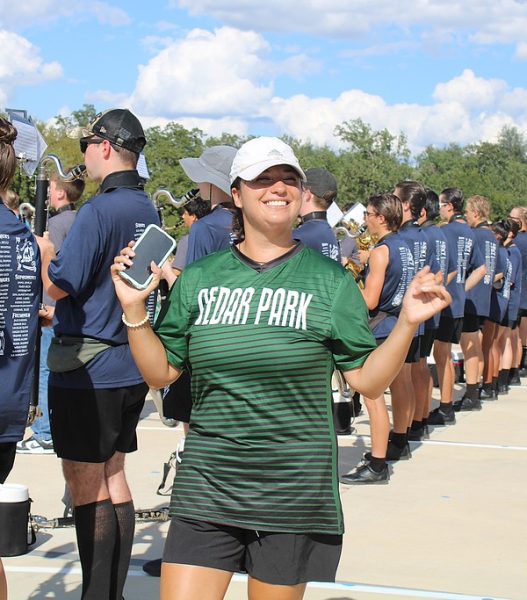


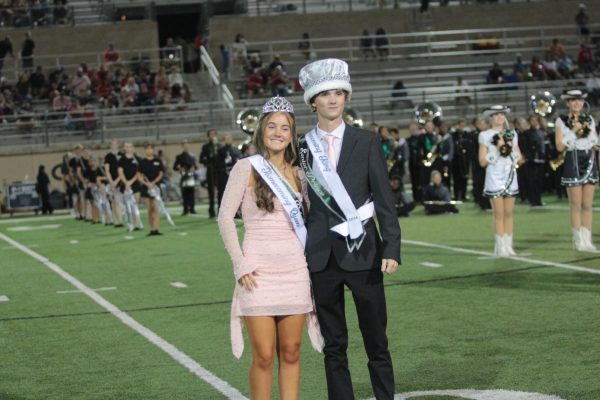
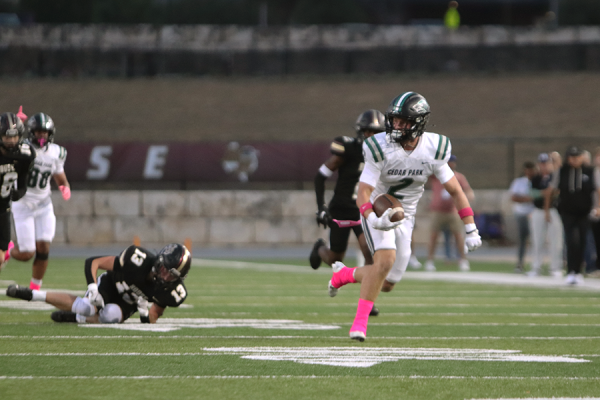
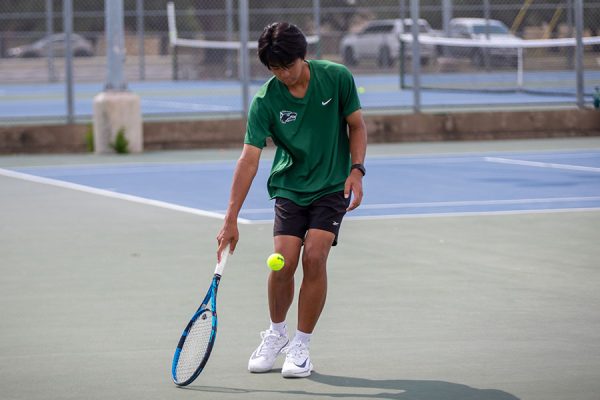
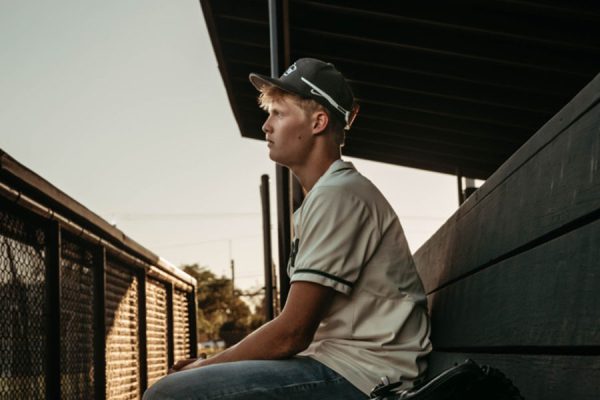

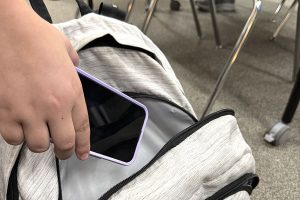
![The fire department came to the school after students were evacuated when smoke started coming from the ceiling of a classroom. All students and staff are safe. “All of my friends left their stuff too, so we couldn’t contact our parents, and it was stressful,” senior Brynn Fowler said. “It was scary because I didn’t know [what was going on], and I couldn’t find anyone because it was a big crowd.” Photo by Anthony Garcia](https://cphswolfpack.com/wp-content/uploads/2025/09/firetruck-300x200.jpg)


![Finishing her night out after attending a local concert, senior Grace Sauers smiles at the camera. She recently started a business, PrettySick, that takes photos as well as sells merch at local concert venues. Next year, she will attend Columbia Chicago College majoring in Graphic Design. “There's such a good communal scene because there [are] great venues in Austin,” Sauers said. “I'm gonna miss it in Austin, but I do know Chicago is good, it's not like I'm going to the middle of nowhere. I just have to find my footing again.” Photo Courtesy of Grace Sauers.](https://cphswolfpack.com/wp-content/uploads/2025/04/Grace-300x225.png)

